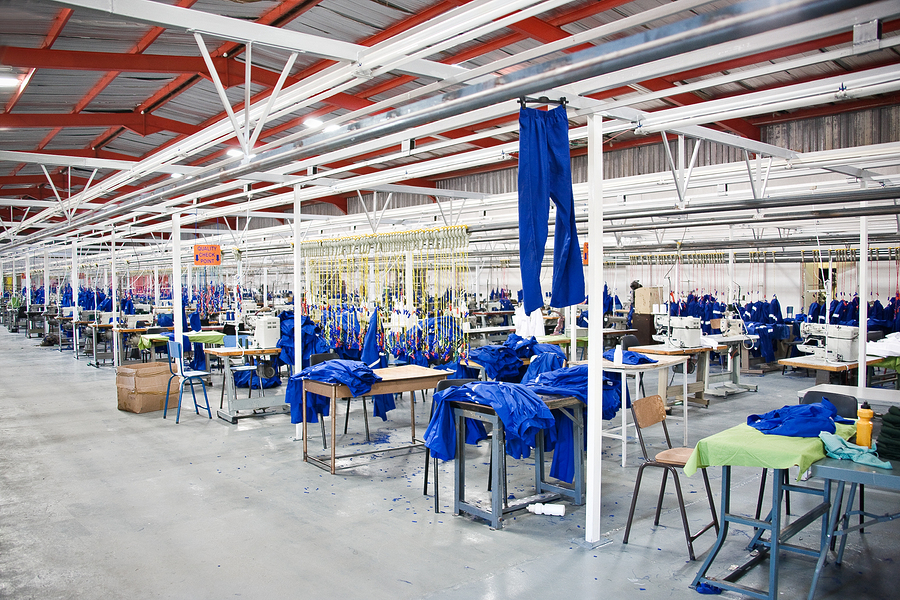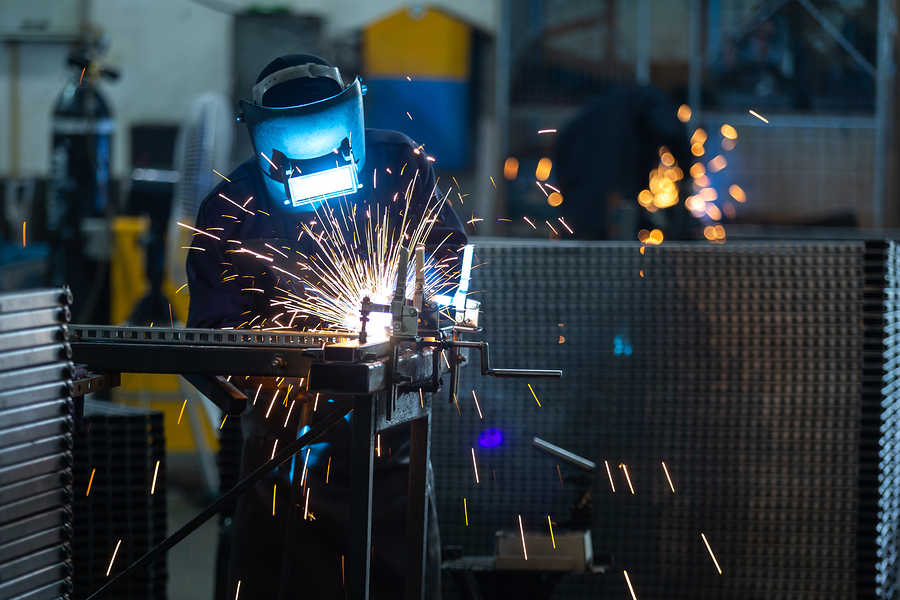There’s already a dearth of qualified manufacturing professionals in the workforce today. In 2019, the gap between available jobs and applicants to fill them will grow even larger. With 3.5 million manufacturing jobs expected by 2025, the United States manufacturing economy is set to fill just 1.5 million of them.
A growing concern
In a survey of more than 350 manufacturers by Leading Edge Alliance, there’s optimism about the future of manufacturing, but not when it comes to finding the workforce of the future. On the job front, expectations are tentative. The problem of finding qualified workers isn’t new, but employer sentiment reflects new concerns about manufacturers’ abilities to pace industry demand.
From the survey, more than half (52%) of manufacturers cite a lack of qualified workers as the greatest barrier to growth. Moreover, the shortage of workers has given rise to fierce competition for what few do exist. Manufacturers are spending big bucks on two fronts: attracting talent and retaining it. From the study, 62% of companies have increased the pay of in-demand jobs and 39% have utilized retention strategies involving compensation. Human capital costs are rising.
The next 12 months will be telling. Headwinds within the manufacturing sector — such as ongoing trade tensions — are burdening prospects for economic improvement. However, STEM education has been rising for the past decade. 2019 will be a pivotal year as these trends shake out.
What’s holding the industry back?
It’s easy to point at something like a general lack of STEM graduates as the reason jobs remain unfilled. Multifaceted issues are making it harder for employers to find workers and more difficult for workers to get educated:
- In early 2019, there are more unfilled jobs than unemployed Americans! Of 7.1 million jobs available, a maximum of about 6.23 million could theoretically be filled.
- While STEM graduates are on the rise, they’re enticed to other industries. For example, programmers may seek development jobs at a tech startup over manufacturing.
- The introduction of Industry 4.0 is creating new manufacturing positions that companies aren’t sure how to fill, leading to muddled job requirements and cautious hiring.
- More jobs are opening as baby boomers retire. Jobs are vacated quicker than they’re replaced. As many as 2.69 million jobs will open in the next decade.
Other concerns include the United States’ transition from a producer economy to a consumer society, alongside slow adaptation of smart factory technologies and global trade tensions.

Manufacturing hangs in the balance
As manufacturing jobs go unfilled, the industry as a whole suffers. According to the National Association of Manufacturers, the cost of these unfilled positions over the next decade tops $2.5 trillion in lost GDP.
The problems go well beyond money, too. As manufacturers look for ways to maintain productivity and keep costs low, automation looms. While headlines about the coming robot takeover of manufacturing are plainly hyperbolic, they could signal a self-fulfilling prophecy as manufacturers begin investing in tech to take the place of unfilled jobs.
China has already topped the United States in total manufacturing output since 2015, representing 20% of global manufacturing as a whole. The risk of falling further behind only rises as workers remain hard to come by. 2019 will be an important year for the future of manufacturing — especially as this industry continues to globalize.
